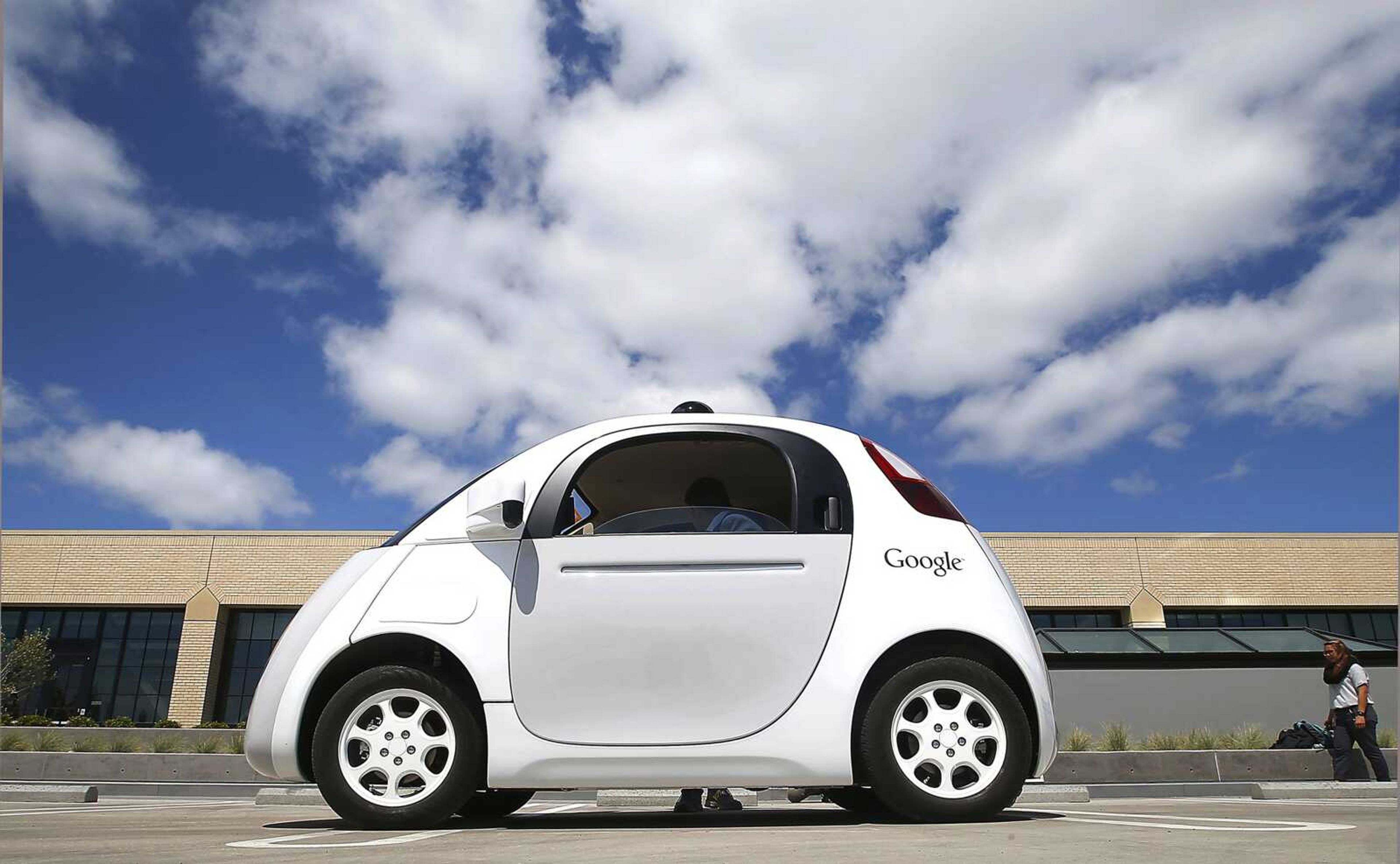Regulators get input -- sort of -- on self-driving car rollout
SACRAMENTO, Calif. -- California regulators deciding how to permit the future rollout of self-driving cars have been told by consumer advocates their cautious approach was right on and by companies developing the technology the current course will delay deployment of vehicles that promise huge safety benefits...
SACRAMENTO, Calif. -- California regulators deciding how to permit the future rollout of self-driving cars have been told by consumer advocates their cautious approach was right on and by companies developing the technology the current course will delay deployment of vehicles that promise huge safety benefits.
The state's Department of Motor Vehicles heard the comments Thursday at a workshop as it wrestles with how to keep the public safe as the imperfect technology matures -- but not regulate so heavily the agency stifles development of the vehicles.
The agency sought suggestions of possible changes to a draft of precedent-setting regulations it released last month. Those regulations will govern how Californians can get the cars once companies move beyond their current testing of prototypes.
Because California has been a hotbed for the development and regulation of the technology, what happens in the state has ripple effects nationally.
What the DMV had hoped would be a technical discussion Thursday about legal language instead drifted toward broad statements about the technology's merits.
Most vocal were advocates for the blind -- a group that has not been central to the regulatory debate. Several argued the technology could change their lives, and the agency should not get in the way.
"Please don't leave my family out in the waiting room," said Jessie Lorenz, who is blind and relies on public transit to get her 4-year-old daughter to preschool. Lorenz would prefer to use a self-driving car for that -- or even a "spontaneous road trip."
She said she has taken a ride in a self-driving car Google Inc. has been developing, "and it was awesome."
DMV attorney Brian Soublet said the agency appreciates the potential benefits for people with disabilities, but its focus has to be on the safety of the entire motoring public.
Google wants California to clear the road for the technology -- and has expressed disappointment in the DMV's draft regulations, which say self-driving cars must have a steering wheel in case onboard computers or sensors fail. A licensed driver would need to sit in the driver's seat, ready to seize control.
"We need to be careful about the assumption that having a person behind the wheel" will make driving safer, Chris Urmson, the leader of Google's self-driving car project, told the agency.
Google has concluded human error is the biggest danger in driving, and the company wants to remove the steering wheel and pedals from cars of the future, giving people minimal ability to intervene.
Urmson said if the draft regulations are not changed, Google's car would not be available in California. While Google has been testing on roads here for several years -- with trained safety drivers behind the wheel, just in case -- it might deploy cars without steering wheels in Texas, where regulators hailed the technology when Google began testing prototypes there last summer.
California's DMV still is months away from finalizing any regulations.
Under the draft framework, an independent certifier would need to verify a manufacturer's assurances its cars are safe. Google and traditional automakers want manufacturer self-certification, the standard for other cars.
Once a company receives that verification, manufacturers would receive a permit for three years. Consumers could lease the cars, but manufacturers would be required to keep tabs on how safely they are driving and report that performance to the state.
Drivers would need special, manufacturer-provided training and then get a special certification on their licenses.
If a car breaks the law, the driver would be responsible.
John Simpson of the nonprofit Consumer Watchdog commended the DMV on Thursday "for putting safety first. I think you got it exactly right" in the draft, he said.
Earlier this month, federal officials announced an aggressive plan to get the technology to the public's hands sooner than later.
In written guidance, the National Highway Traffic Safety Administration, projected "fully automated vehicles are nearing the point at which widespread deployment is feasible."
It remains unclear just how the bullish federal approach will affect California's regulatory process.
Neither Google nor traditional automakers have said they think the cars are ready yet, but at least a dozen companies are developing the technology, and nearly as many have permission to test in California. Google has suggested a model could be ready for limited use sooner than the public realizes.
Several times during Thursday's workshop, DMV officials urged commenters to offer specific changes to the draft regulations, sometimes in reaction to comments that the regulations fell short.
Speaker Curt Augustine of the Alliance of Automobile Manufacturers said his organization did not agree with the DMV's third-party certification requirement.
DMV attorney Soublet asked for proposed fixes, invoking a saying his father told him: It only takes one wrecking ball to demolish a house, but a whole crew to build one.
The agency has been working on regulations for testing and now deployment for nearly three years -- and regulations on deployment were supposed to be final a year ago.
Connect with the Southeast Missourian Newsroom:
For corrections to this story or other insights for the editor, click here. To submit a letter to the editor, click here. To learn about the Southeast Missourian’s AI Policy, click here.






